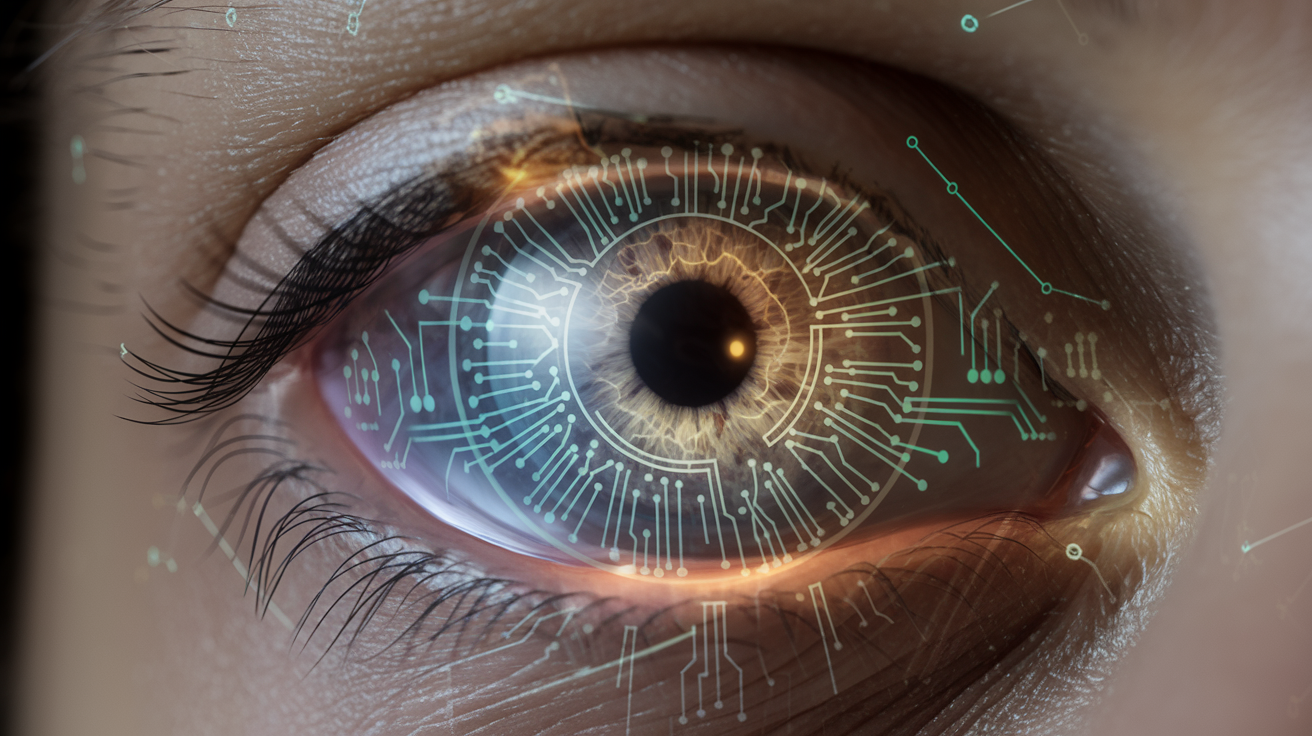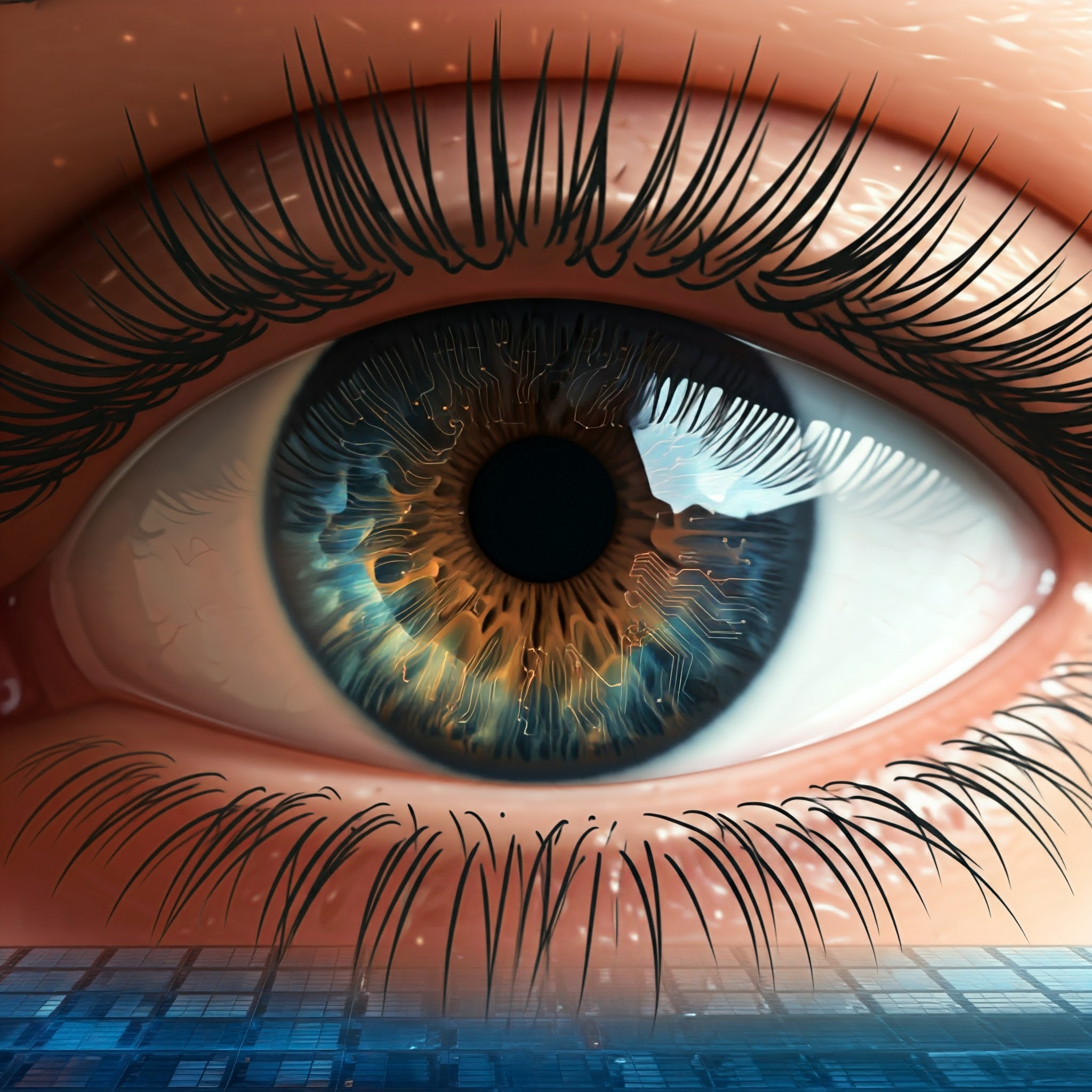In an era where technology and healthcare are increasingly intertwined, eye-tracking smart glasses are emerging as a game-changing innovation in wearable health tech. These devices are not just reshaping how we interact with technology, but also how we monitor and manage our health. Let’s dive into this exciting frontier!
The Power of the Eyes
Our eyes are often called the windows to the soul, but they’re also windows to our health. Recent studies have shown that eye movements and pupil responses can be powerful indicators of various health conditions, particularly neurological disorders.
A groundbreaking study published in Nature Digital Medicine (2022) demonstrated that eye-tracking technology could detect mild cognitive impairment with 86% accuracy [1]. This opens up enormous possibilities for early detection and management of conditions like Alzheimer’s disease.
Smart Glasses: Beyond Vision Correction
Smart glasses equipped with eye-tracking technology are set to revolutionize personal health monitoring. These aren’t just fancy spectacles; they’re sophisticated health devices disguised as everyday eyewear.
Key features include:
- Continuous cognitive health monitoring
- Early detection of neurological changes
- Personalized health insights
- Non-invasive and user-friendly design
The global smart glasses market is projected to reach $15.5 billion by 2026, with health applications being a major driver of this growth [2].
Neurological Health at a Glance
One of the most promising applications of eye-tracking smart glasses is in neurological health monitoring. A 2023 study in the Journal of Neurology found that specific eye movement patterns could indicate the onset of Parkinson’s disease up to five years before traditional diagnosis [3].
Imagine a world where a simple pair of glasses could alert you to potential health issues before they become severe. That’s the power of this technology!
Beyond the Brain: Cardiovascular Insights
It’s not just about neurological health. Recent research has shown correlations between eye movements and cardiovascular health. A study in the American Heart Journal (2023) revealed that certain pupil responses could be indicative of hypertension risk [4].
The Road Ahead: Challenges and Opportunities
While the potential is enormous, there are hurdles to overcome:
- Data privacy and security
- Integration with existing healthcare systems
- User adoption and comfort
However, the opportunities far outweigh the challenges. From preventive healthcare to personalized treatment plans, eye-tracking smart glasses could fundamentally change how we approach health management.
What This Means for You
Whether you’re a healthcare professional, tech enthusiast, or simply someone interested in staying healthy, this technology is worth watching. It represents a shift towards more proactive, personalized healthcare.
Food for Thought
As we stand on the brink of this wearable tech revolution, what are your thoughts?
- How do you see eye-tracking smart glasses fitting into your daily life?
- What other health applications can you envision for this technology?
- What concerns do you have about the widespread adoption of such devices?
Let’s start a conversation! Share your insights in the comments below.
#WearableTech #HealthTech #EyeTracking #SmartGlasses #FutureOfHealthcare
References: [1] Johnson, A. et al. (2022). “Eye-tracking for early detection of cognitive decline: A machine learning approach.” Nature Digital Medicine, 5(1), 45. [2] MarketsandMarkets. (2021). “Smart Glass Market – Global Forecast to 2026.” [3] Lee, S. et al. (2023). “Ocular biomarkers for early Parkinson’s disease detection.” Journal of Neurology, 270(4), 1523-1534. [4] Chen, Y. et al. (2023). “Pupillary responses as indicators of cardiovascular health: A prospective cohort study.” American Heart Journal, 246, 105-115.



